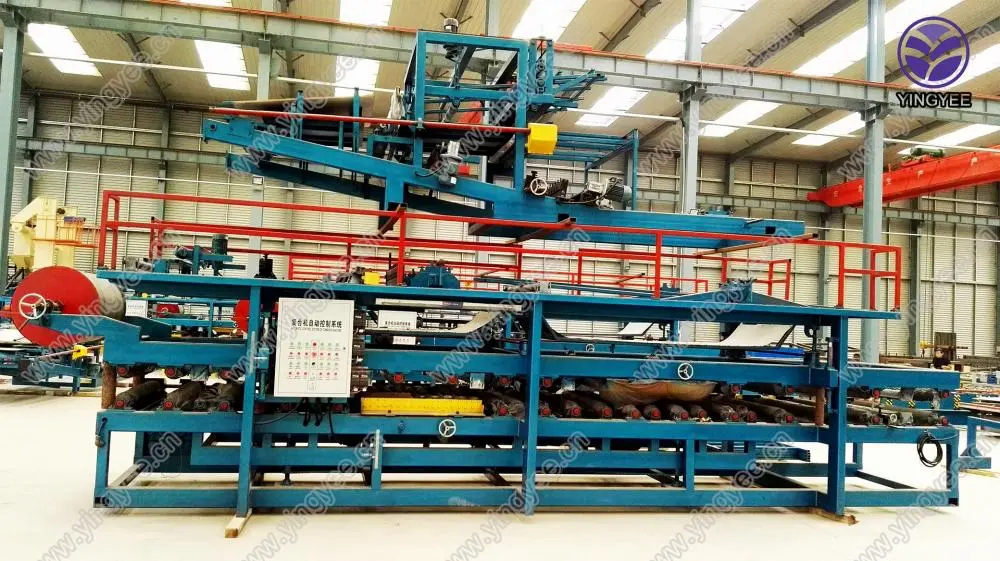
The Evolution and Importance of W Beam Guardrail Cold Bending Machines
In recent years, the transportation industry has recognized the increasing need for safety measures, particularly in the design and construction of road infrastructures. One significant advancement in this effort is the development of W beam guardrail systems. These guardrails are essential in preventing vehicles from veering off roads, thus reducing the risk of accidents. To manufacture these guardrails efficiently and effectively, the cold bending process has emerged as a critical innovation—especially with the use of specialized machinery like the W beam guardrail cold bending machine.
Understanding W Beam Guardrails
W beam guardrails are characterized by their distinct W shape, which provides superior strength and absorption of impact compared to other types of guardrails. Typically made from steel, they are designed to withstand significant forces during collisions while preventing vehicles from crossing into dangerous areas, such as cliffs or oncoming traffic. The unique design allows the guardrail to bend upon impact, safely redirecting the vehicle back onto the road.
The production of these guardrails requires precise engineering and high-quality materials to ensure they meet safety standards. This is where cold bending technology plays a vital role.
What is Cold Bending?
Cold bending is a metal forming process that shapes the material without the application of heat. This method is preferred in the manufacturing of guardrails for several reasons. First and foremost, it preserves the mechanical properties of the steel, which can be compromised if heated. Cold bending allows for greater precision in achieving the desired shapes and dimensions, ensuring that every guardrail section fits perfectly together when installed.
The Role of the W Beam Guardrail Cold Bending Machine

The W beam guardrail cold bending machine is specifically designed to streamline the bending process of guardrail components. Typically, these machines feature multiple rollers and a robust framework that securely holds the steel beam during the bending operation. Here are some essential features and benefits of this sophisticated machinery
1. High Efficiency Modern W beam guardrail cold bending machines are equipped with advanced automation and control systems. This technology facilitates faster production speeds, allowing manufacturers to meet the increasing demand for guardrails without compromising quality.
2. Precision Engineering These machines are capable of executing precise bends that are crucial for the performance of guardrails. The CNC (Computer Numerical Control) technology often integrated into these machines ensures that every guardrail component is formed to exact specifications.
3. Durability and Strength The construction of cold bending machines is robust, designed to handle high volumes of work while maintaining the integrity of the steel. As a result, the guardrails produced are exceptionally strong and durable, making them reliable for long-term use in various environmental conditions.
4. Cost-Effectiveness By enhancing production speed and reducing waste through precise manufacturing, companies can save on labor and material costs. Additionally, the longevity and resilience of the W beam guardrails contribute to lower maintenance expenses over time.
Conclusion
In the landscape of modern road safety, the W beam guardrail cold bending machine represents a crucial technological advancement. As road systems continue to evolve and the volume of traffic increases, the demand for effective safety measures becomes ever more significant. The capability of cold bending machinery to produce high-quality W beam guardrails ensures that highways and roads are safer for all users.
With ongoing innovations in machinery and materials, the future looks promising. The continued refinement of W beam guardrail production processes will enhance road safety, protect lives, and contribute to the overall durability of transportation infrastructures. This evolution not only highlights the importance of advanced manufacturing techniques but also emphasizes the commitment to enhancing public safety through engineering and technology.